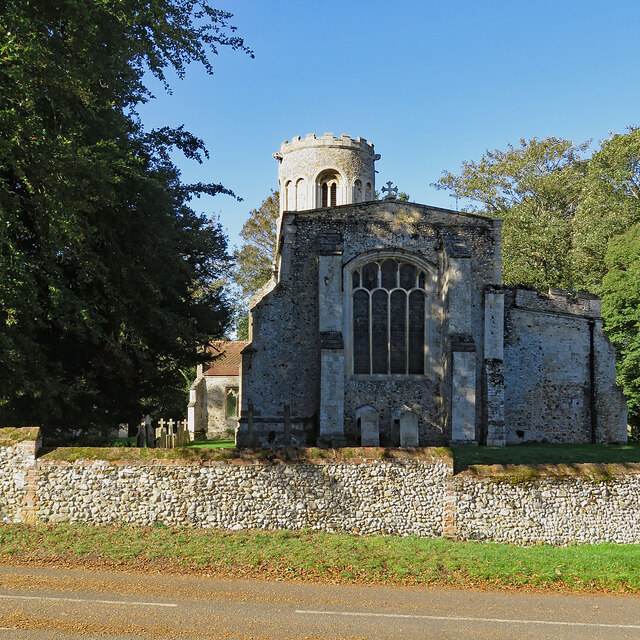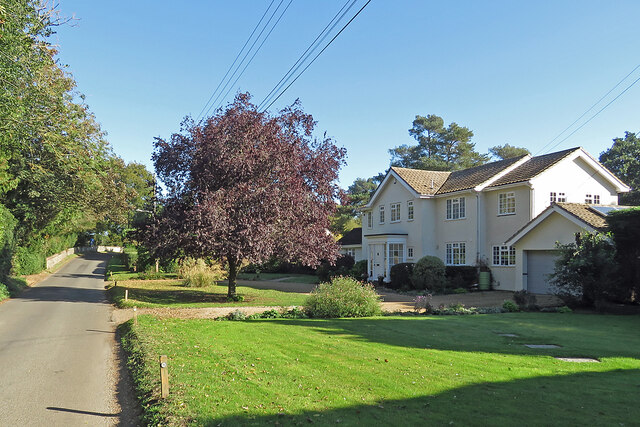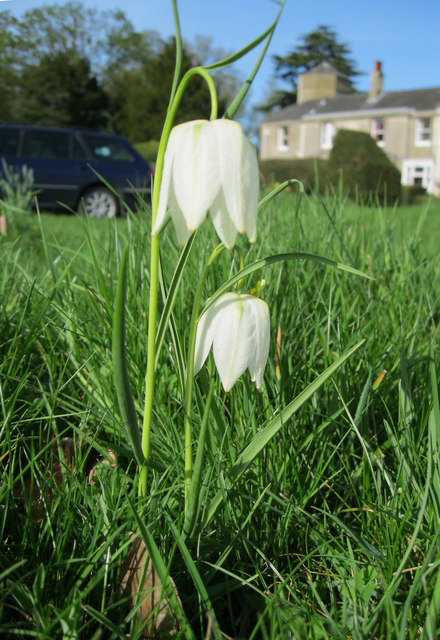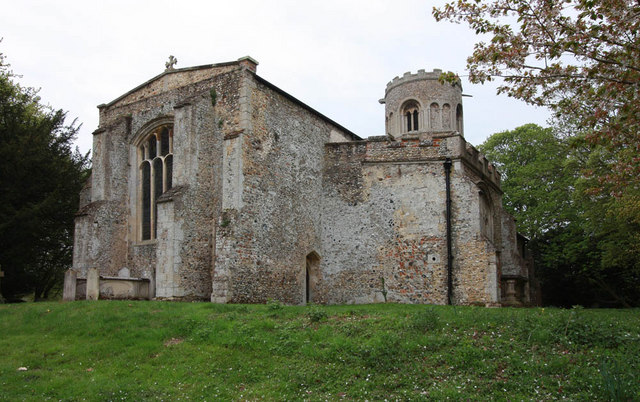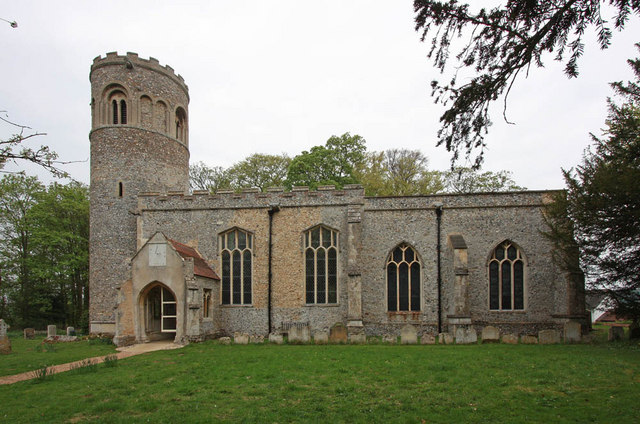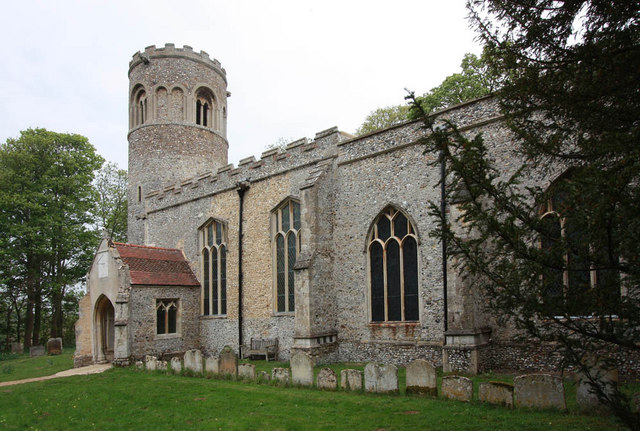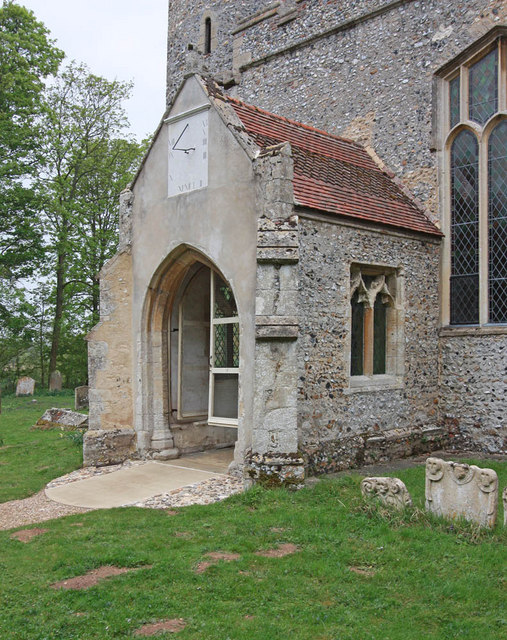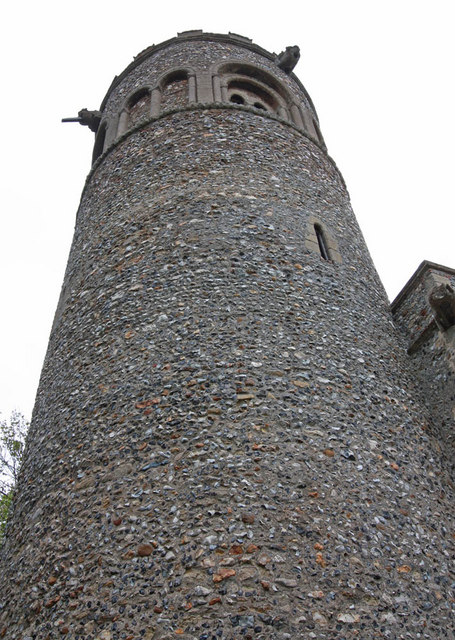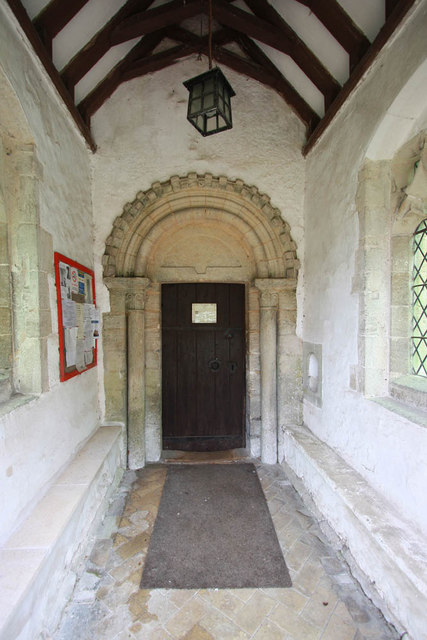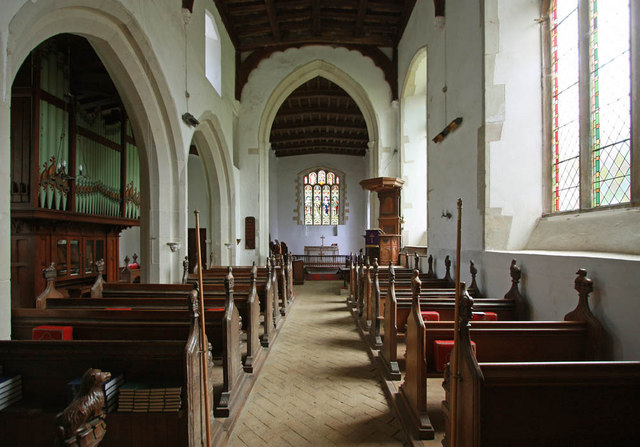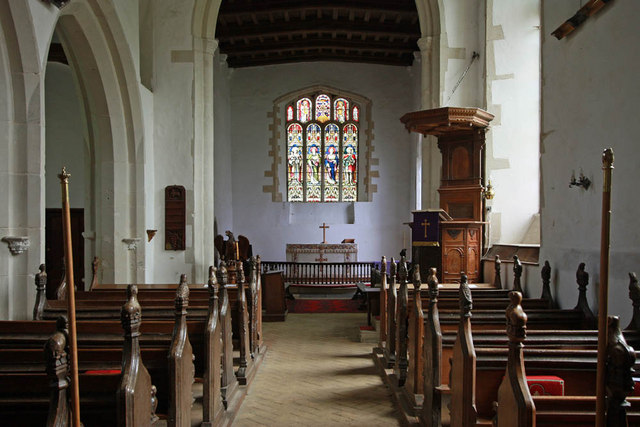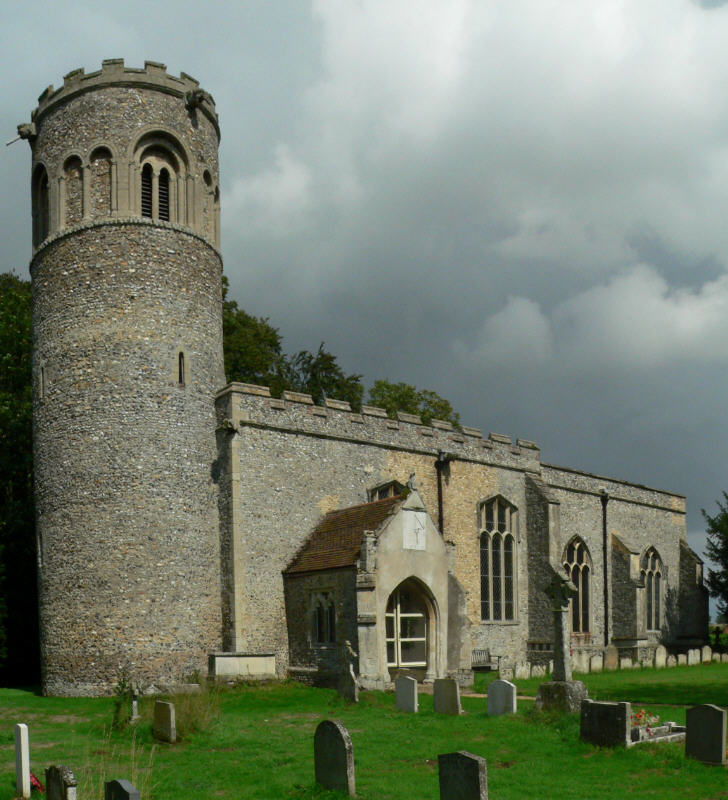Dairy Wood
Wood, Forest in Suffolk West Suffolk
England
Dairy Wood
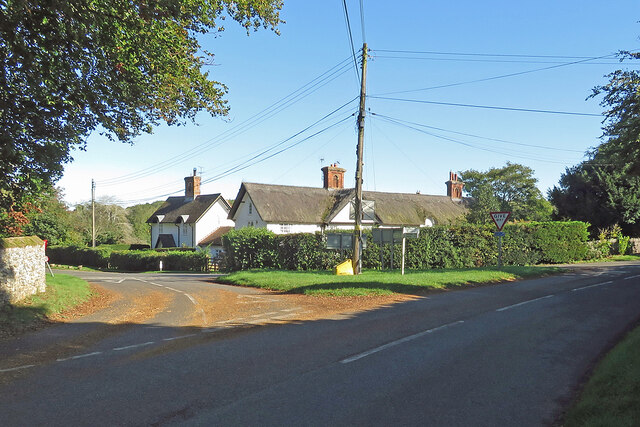
Dairy Wood is a picturesque woodland located in Suffolk, England. Situated in the eastern region of the country, this enchanting forest spans an area of approximately 50 acres. The wood is well-known for its abundance of dairy farms that surround its borders, hence its name.
This woodland boasts a diverse range of tree species, including oak, beech, and ash, which create a rich and vibrant canopy. The forest floor is carpeted with a variety of wildflowers and ferns, adding to the wood's natural charm. Dairy Wood is particularly renowned for its bluebells, which create a breathtaking display of vibrant blue hues during the springtime.
The wood is also home to a diverse array of wildlife. Visitors can often spot deer, rabbits, and various bird species, making it a popular destination for nature enthusiasts and birdwatchers. The tranquil atmosphere of Dairy Wood provides an ideal habitat for these creatures to thrive.
Numerous walking trails wind through this woodland, offering visitors the chance to explore its beauty at their own pace. These trails are well-maintained and suitable for all ages and fitness levels. Additionally, there are designated picnic areas where visitors can relax and enjoy the serene surroundings.
Dairy Wood is a cherished natural gem in Suffolk, offering a peaceful retreat for locals and tourists alike. Its idyllic scenery, abundant wildlife, and tranquil ambiance make it a must-visit destination for those seeking solace in nature.
If you have any feedback on the listing, please let us know in the comments section below.
Dairy Wood Images
Images are sourced within 2km of 52.232571/0.64336748 or Grid Reference TL8062. Thanks to Geograph Open Source API. All images are credited.

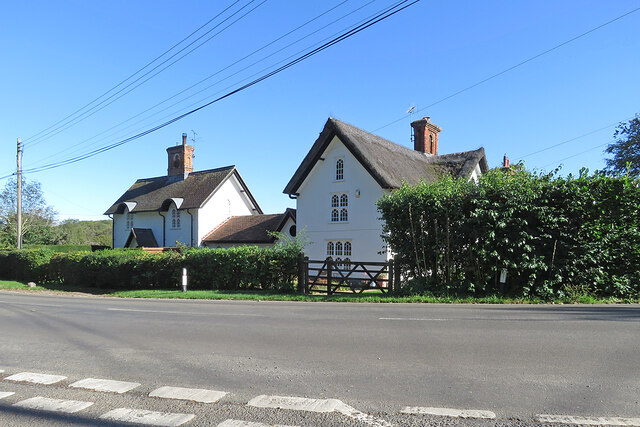
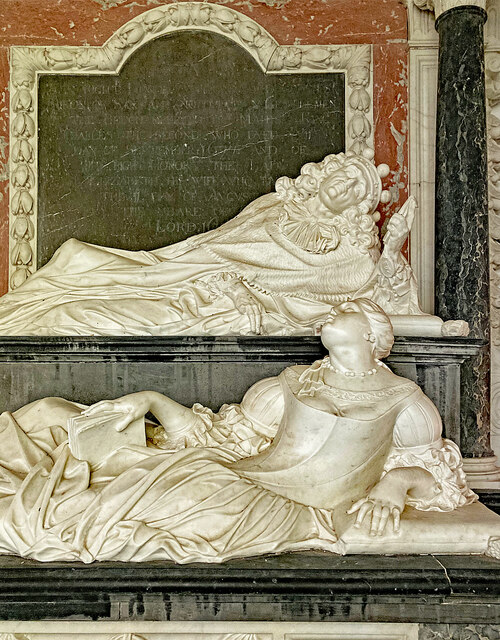
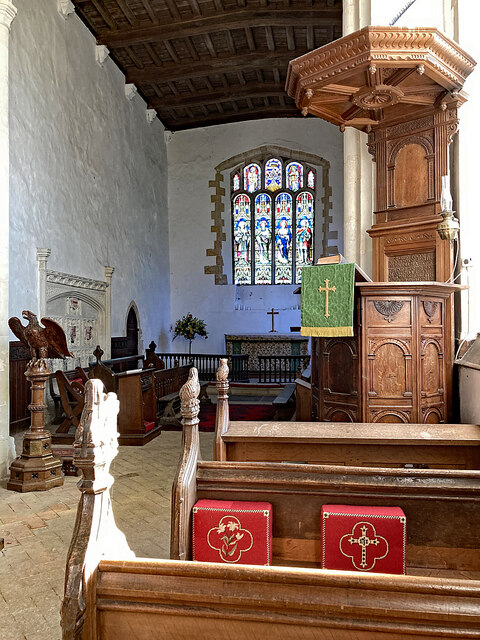
![Little Saxham: St Nicholas &quot;The most spectacular Norman round tower in Suffolk,&quot; wrote Nikolaus Pevsner. &quot;Round the top a rhythmical order of arches on columns. In the four main directions they hold deeply recessed two-light bell-openings, in the diagonals two lower blank arches. Billet frieze along the sill level.&quot; The Perpendicular &quot;nave and chancel S sides [have] uncusped, rather bald tracery,&quot; he opined.](https://s3.geograph.org.uk/geophotos/07/62/53/7625363_c0c2ed83.jpg)
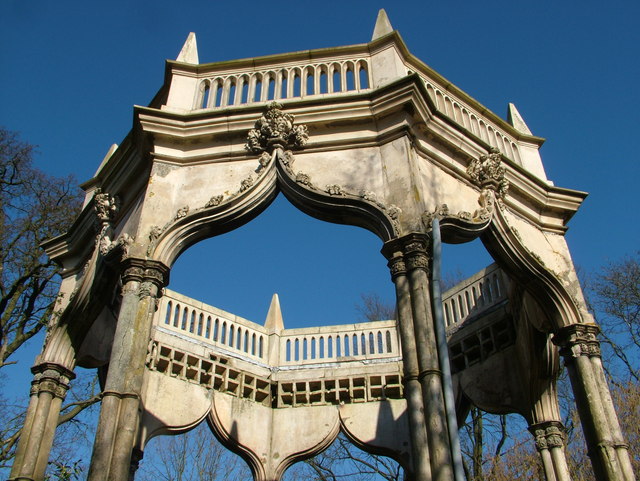
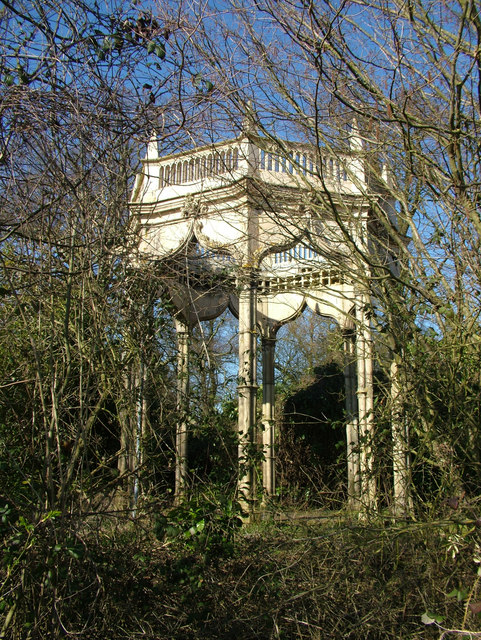
Dairy Wood is located at Grid Ref: TL8062 (Lat: 52.232571, Lng: 0.64336748)
Administrative County: Suffolk
District: West Suffolk
Police Authority: Suffolk
What 3 Words
///mincing.brink.audibly. Near Bury St Edmunds, Suffolk
Nearby Locations
Related Wikis
Little Horringer Hall
Little Horringer Hall is a Grade II-listed house in Horringer, Bury St Edmunds, Suffolk, England.There has been a hall in this location since the 17th...
The Saxhams
The Saxhams is a civil parish in the West Suffolk district of Suffolk in eastern England. Located around two miles west of Bury St Edmunds, the parish...
Little Saxham
Little Saxham is a village and former civil parish, now in the parish of The Saxhams, in the West Suffolk district, in the county of Suffolk, England....
Ickworth House
Ickworth House is a country house at Ickworth, near Bury St Edmunds, Suffolk, England. It is a neoclassical building set in parkland. The house was the...
Thingoe Rural District
Thingoe Rural District was a rural district in the county of West Suffolk, England between 1894 and 1974. It was named after the ancient Hundred of Thingoe...
St Mary's Church, Ickworth
Ickworth Church (more formally known as St Mary's Church, Ickworth) is a former parish church in Ickworth Park near Bury St Edmunds in Suffolk, England...
Thingoe Hundred
Thingoe was a hundred of Suffolk, consisting of 31,850 acres (128.9 km2).One of the smaller hundreds of Suffolk, around 9 miles (14 km) wide and 11 miles...
Great Saxham
Great Saxham is a village and former civil parish, now in the parish of The Saxhams, in the West Suffolk district, in the county of Suffolk, England. The...
Nearby Amenities
Located within 500m of 52.232571,0.64336748Have you been to Dairy Wood?
Leave your review of Dairy Wood below (or comments, questions and feedback).
